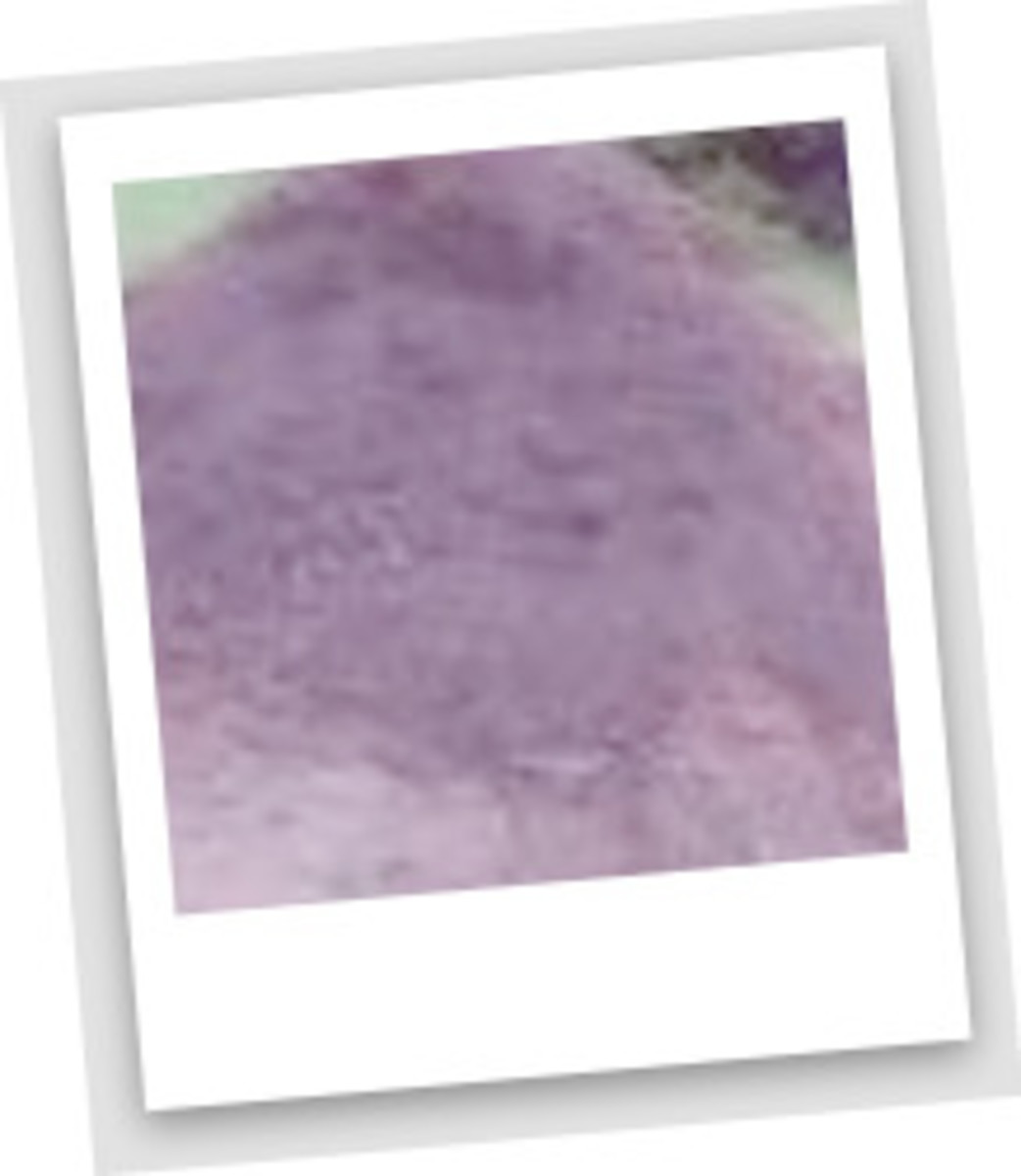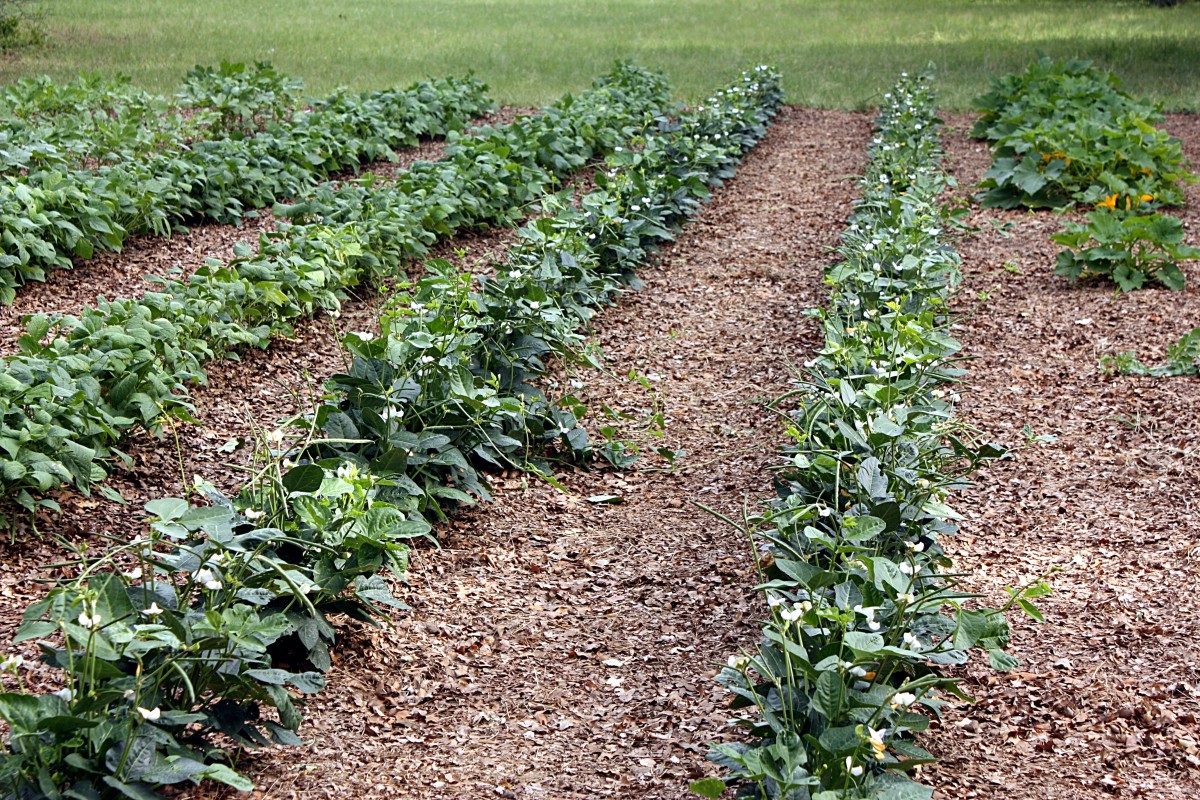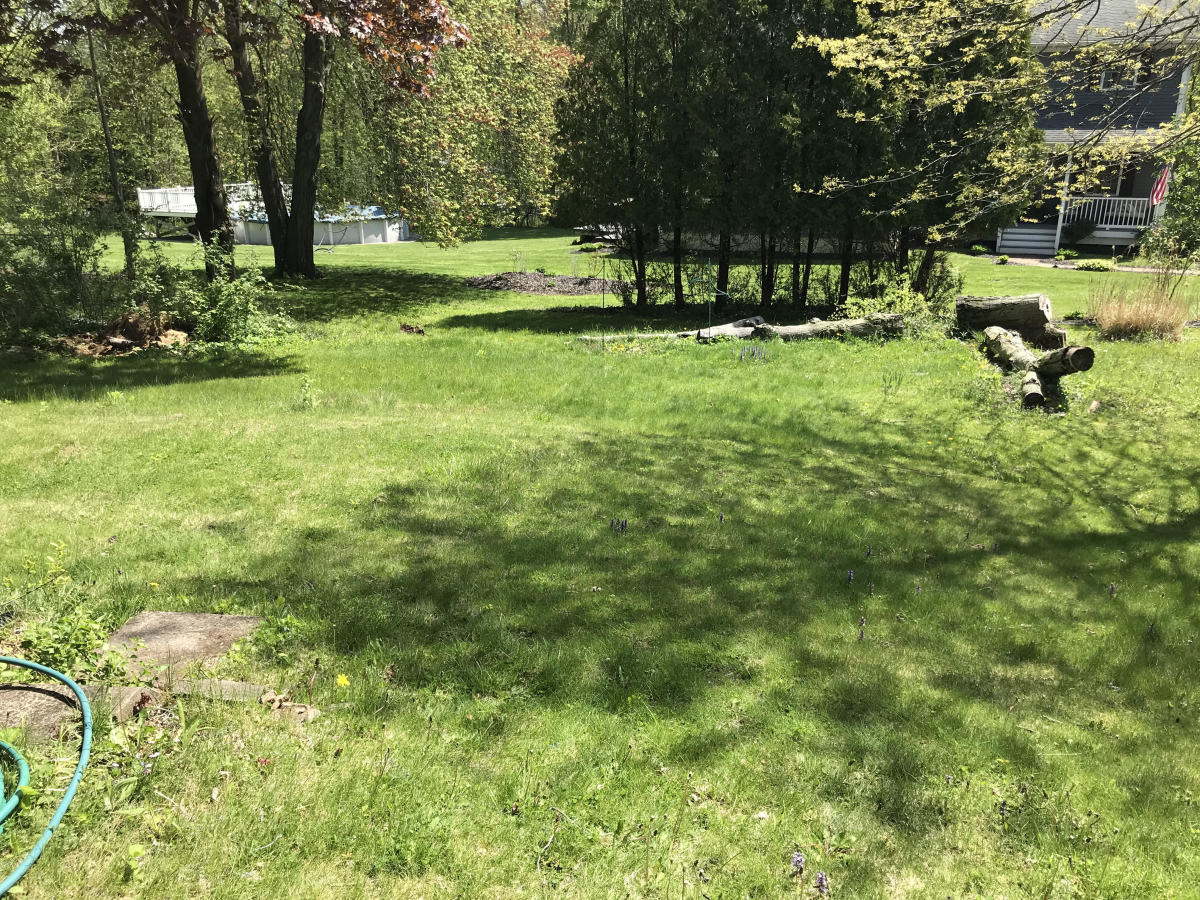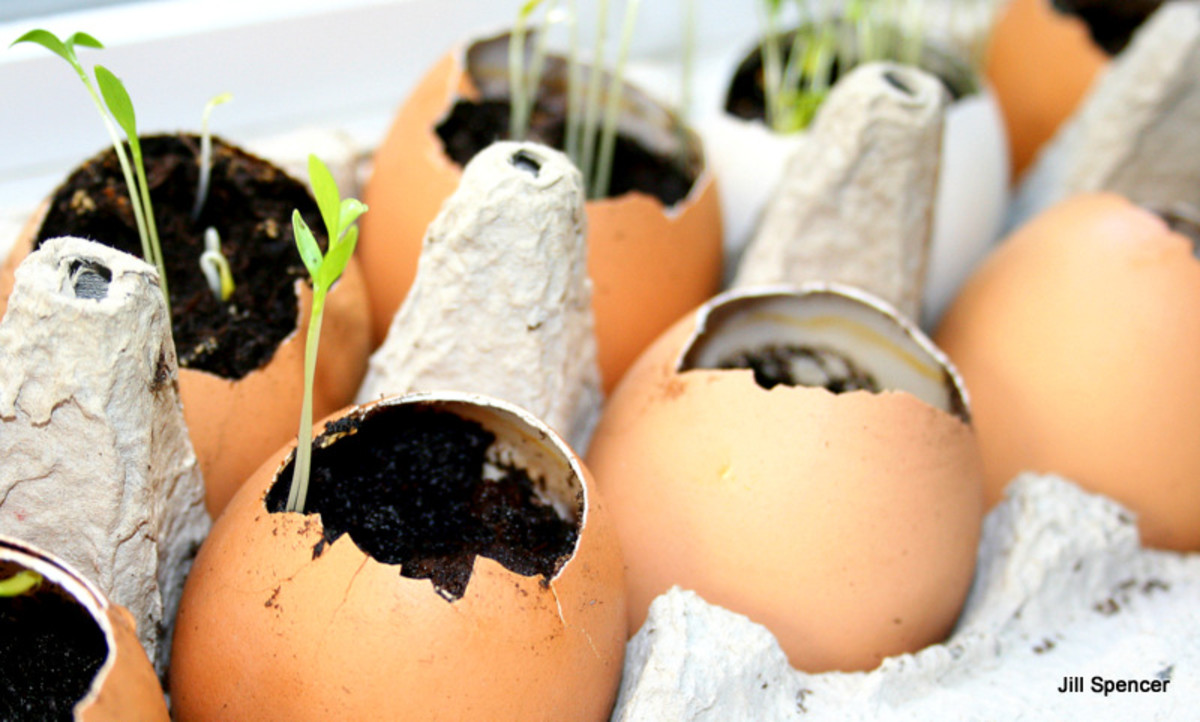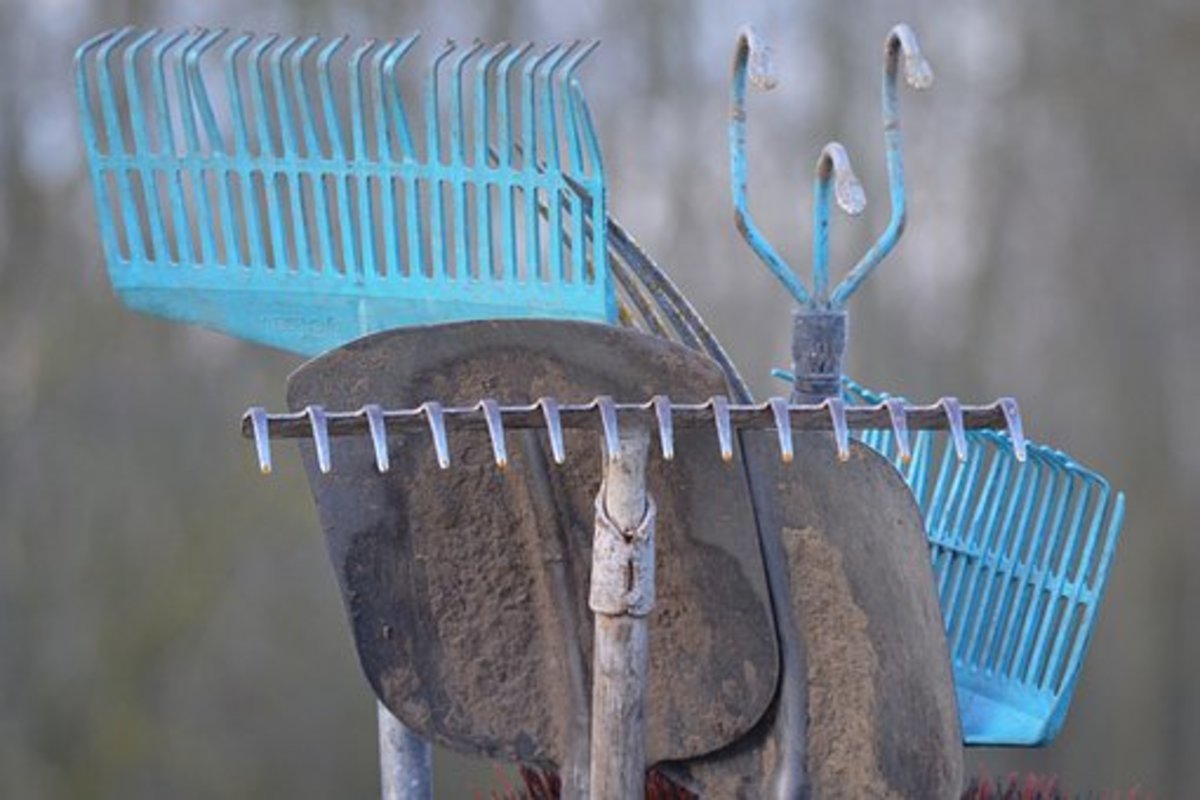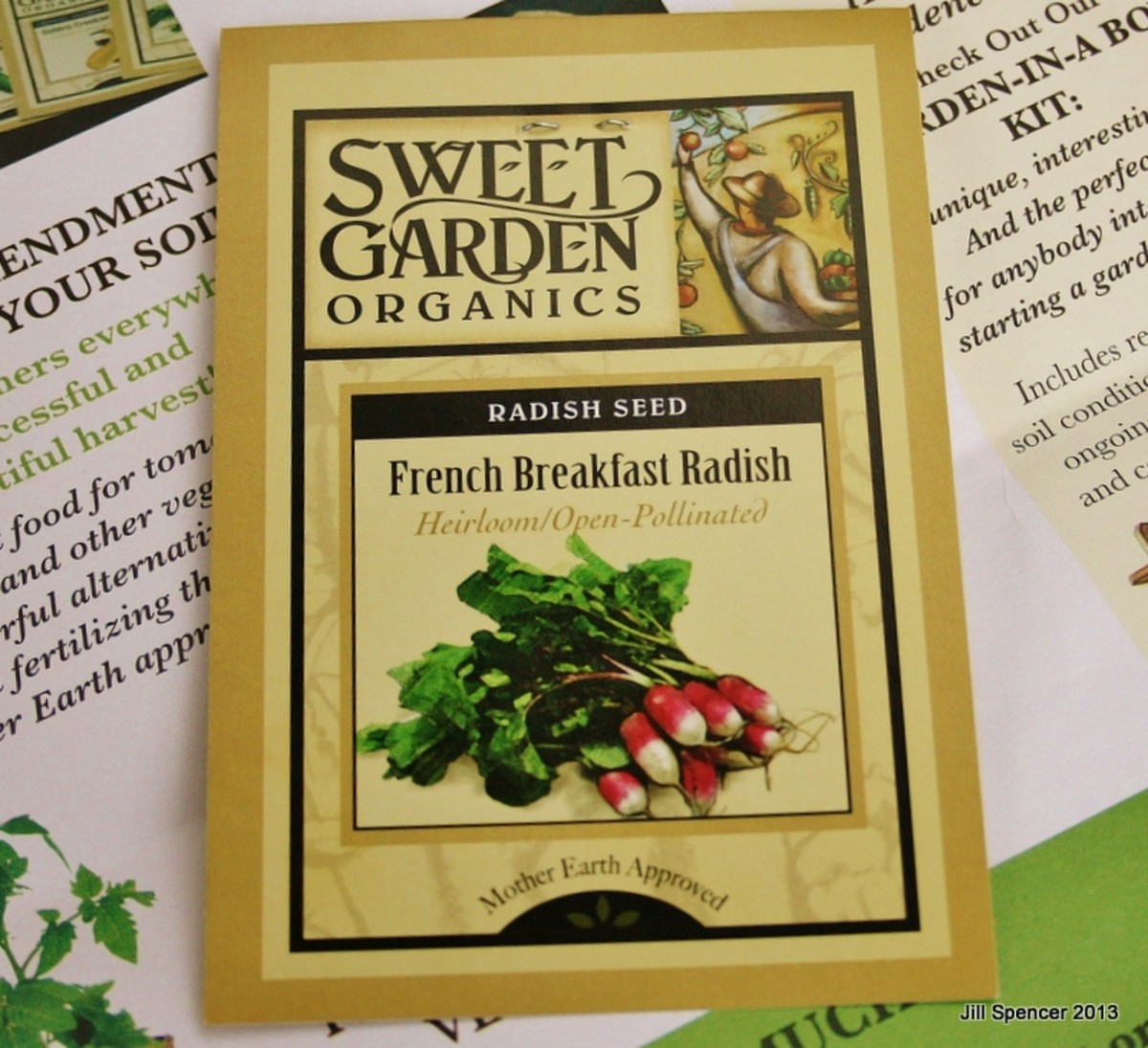Garbage in, Garden Out, The Kitchen/Garden Link
Your Author

Tea for Two
How do we bring in more of the garden inside? Try this recipe for a lovely springtime tea: Go to the garden and pick one sage leaf, a sprig of mint, a sprig of lavender blooms, and a gardenia flower. Rinse them off and drop them into three or four cups of water. Bring this to a boil for two to five minutes then turn it off, add two to four tea bags. Four minutes later, remove all and make your tea.
If you have Stevia plants, add them to the mix, otherwise sweeten with honey or Stevia for a wonderfully natural tea than can be enjoyed hot or cold.
Orchid Cactus

Organic Soap for Bug Spray
Organic soaps make for a great bug spray that improves the soil once it is washed off.
What is an organic soap? One that does not have all the chemical additives to color, flavor, scent, and all the other things we do to ourselves that we probably shouldn’t be doing, we should probably be using organic soaps on our bodies as well.
Can’t find an organic soap?
Make one! It is really easy.
Go to the store and buy a can of lye, and some cooking oil. Olive is my favorite oil for everything except for my car, so let’s use olive oil. You will need 16 ounces of olive oil, 2.1 ounce of lye, and 6 ounces of water. If you have particularly hard water, or acidic water for some reason, use purified water.
For safety in handing lye, use safety glasses, and wear long sleeves, perhaps a shirt you don’t care about. If it spills or splashes, it is very destructive.
The only tricky part is adding lye to water. Do not under any circumstance add water to lye unless your spouse is present and a medical doctor or you live next door to an emergency room. The chemical reaction can be catastrophic. This isn’t a joke and please never ever try this, the heat generated will burn through a plastic container in seconds.
So, slowly add the lye to the entire 6 ounces of water and stir until fully dissolved. Do this in a well ventilated area. The mixture will be hot, allow it to cool to about 110F.
No ventilation? Do this step outside.
Heat the oil to about 110F also. This speeds up the process. When both are about 110F, then slowly add the lye water to the oil and stir vigorously, do not splash this mixture. The changing of the clear oil into a mixture that looks like a pudding is called “trace.” Once completed, a matter of seconds if you are mixing with a mechanical device, you have a liquid soap.
Once fully cooled this will set up into a bar soap. So, if you do not need all of it, pour it into something and allow it to cool, Be sure you will be able to get the soap out of the container, that it, it is not narrower at the top than the insides.
To use as insecticide, dilute this with hot water from the tap, about six or ten to one, that is, six to ten times the volume of water and you will have your organic soap insecticide. Better yet, boils some water with several heads of garlic for 10 minutes or so to get the oils out, filter the water, and use this to dilute the soap. Garlic with soap is doubly effective. Bugs that can fly will leave, but the lingering garlic smell will help protect the plants for a week or so.
Remember when applying soaps to spray under leaves which is where most insects attack plants.
If you use the other soap in your shower or bath, you may never again buy bar soap from the store. Let these sure for a few weeks to become firmer, but thy are ready for use once they are hard. You might find that you will be creating and add other things next time such as liquid glycerin either alone or mixed with the olive oil, or even ass Shea butter or other fats which would need some heating to melt, but the temperatures and amounts remain the same. The soaps, however, are very much better than those from the store, unless you enjoy all the additives in those soaps.
Orchid Cactus Bouquet
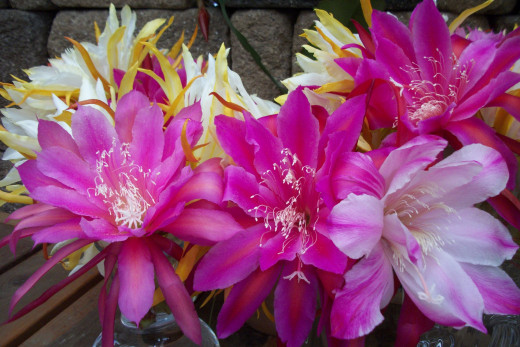
Cooking Oil for Bug Spray
The best oils for cooking are Olive, and lesser is Canola oil. Both can be used as a bug spray with is recycled by the garden and nitrifies the soil while mechanically, not chemically, controls insect damage.
Remember a simple 1+1=2 formula, that is one gallon of water, one cup of oil, and two tablespoons of dish washing fluid, which is, of course, soap.
Now, if you are really good, use, say, three table spoons of Dr. Bronner’s soap or other organic soap.
Mix some water, all the oil and soap thoroughly. If you have a blender, use it. Then dilute this mixture into the remaining water and spray it on the plants, bark, trunk, fruit, everything.
Remember, here we are creating a very thin layer of oil to keep bugs off the plants, not poisoning them so applying this every few weeks is fine, and applying just before picking the fruit is fine, it simply washes off.
Still more Orchid Cactus
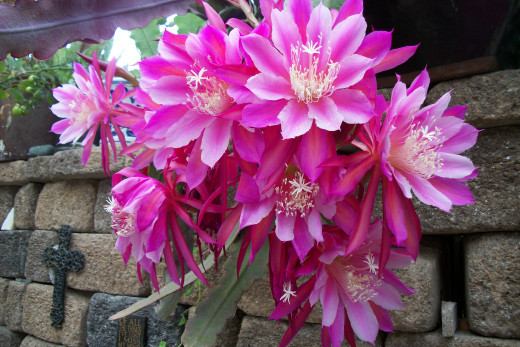
Fruit, Body Builder for Worms
Energy.
Everything that is alive needs energy.
Worms need energy for growth and activities such as digesting foods for growth and reproduction.
Fruit is a great food for worms. Fruits provide energy needed by worms to function.
When you think of worms in the soil think of two types, the larger worms such as the night crawlers, come to and above the surface to ingest food which they then take back into the soil and deposit as worm castings, a kind of compost really, and the red worms, smaller worms that rarely reach the surface. So, if you need more worms, and who doesn’t, think about using waste fruits in the garden in these two spots, the surface and deeper in the soil.
This does not require you leave fruit on the soil surface, rather, burying it near the surface for the night crawlers and a bit deeper for the red worms. Since they both occupy the distance of a spade below the surface, this is a good place to bury the fruit.
There are thousands of organisms in the soil that both prefer different nutrients, and by this we mean some prefer elements like carbon, and others nitrogen, some sugars, and some larger organic molecules like the humates, fibers, and so on.
Katherine Suding and a group of scientists from UC Irvine (Ecological Monographs, Vol. 78, No. 3) studied this in Colorado by removing from two separate plots of tundra soils, one of the two dominate species of microbes so the one left in each of the two plots could be observed without competition from the other and without interacting with the nutrients applied.
They tested each with carbon and nitrogen and found what one would expect, each responded to a different nutrient, one responded better when nitrogen was supplemented, the other when carbon was supplied.
Within each species, they measured the responses of enzymes used to break each down and, as expected, enzymes that process a specific nutrient increased when it was present. So the entire environment responds to any change to the soils. They said it this way: “If environmental change is accelerated due to changed species interactions, the system would be less resistant to environmental change, and exogenous forces would have stronger-than anticipated effects on community structure.”
In English, when you change the nutrients in the soil, or change the species in the soil, the entire system can respond better to changes that might happen.
There are several things to learn from this. First, what you add to the soil effects the organisms in the soil. Second, adding mixed nutrients to the ground will help a wide variety of organisms as opposed, say, to chemical salt type NPK fertilizers which will feed only a few organisms and suppress others, and so the result is there is less soil vitality, that is, fewer organisms. Third, increased soil vitality, and by this we mean having lots of organisms in the soil, creates an environment that is robust, healthy, and able to respond rapidly to changes.
Think about that at all levels. Complex foods are better than simple foods.
Now think about refined foods. White bread does not feed the soils the same was whole wheat or multi grain breads will. There are simply more nutrients and complexes in the multigrain breads that in the refined foods.
So, yesterday I combined the leftovers from a whole wheat spaghetti salad (spaghetti with cheeses, vegetables, garbanzo beans, and salad dressing) with the leftover soup (chicken and beef broth, lots of veggies, some chicken, herbs, and, again cheese, it was a very good minestrone) and dug a whole in the garden, poured in the leftovers and fed the worms and fungi, the bacteria and other microorganisms in the soil specifically for that reason: add complex food to the soil to feed the organisms and build a healthy soil.
So, what happens when a piece of fruit is buried in the soil? Worms, fungi, and bacteria invade, grow, and multiply at a rapid rate until all the fruit has been recycled into the soil. Worms grow larger with these complex sugars and carbon, various bacteria helpful to the soil multiply rapidly competing for the sugars and fiber, and this process increases the number and competition for compounds in the soil.
This complex then becomes even more complex as these organisms multiply and distribute through the soil, and the larger the organism, the larger the area that is positively impacted.
Also, there is a difference in burying something shallow, and burying it deep. This is because of the two major types of worms. The large worms like night crawlers are at the surface and carry organic matter deeper into the soil, the ultimate carbon sequestering soil organism, and the smaller red worms are deep and so benefit from a deeper whole when you bury this fruit.
The good news is that regardless of where you bury this, it will help the worms and other soil organisms.


